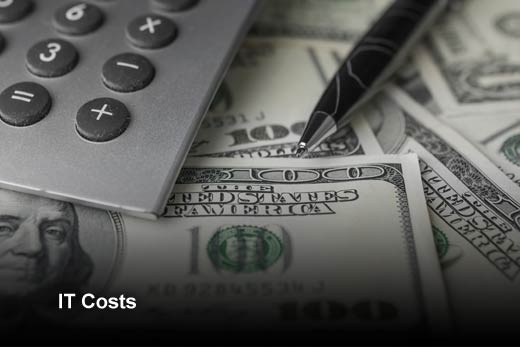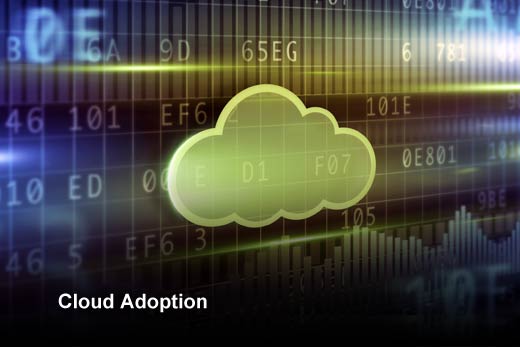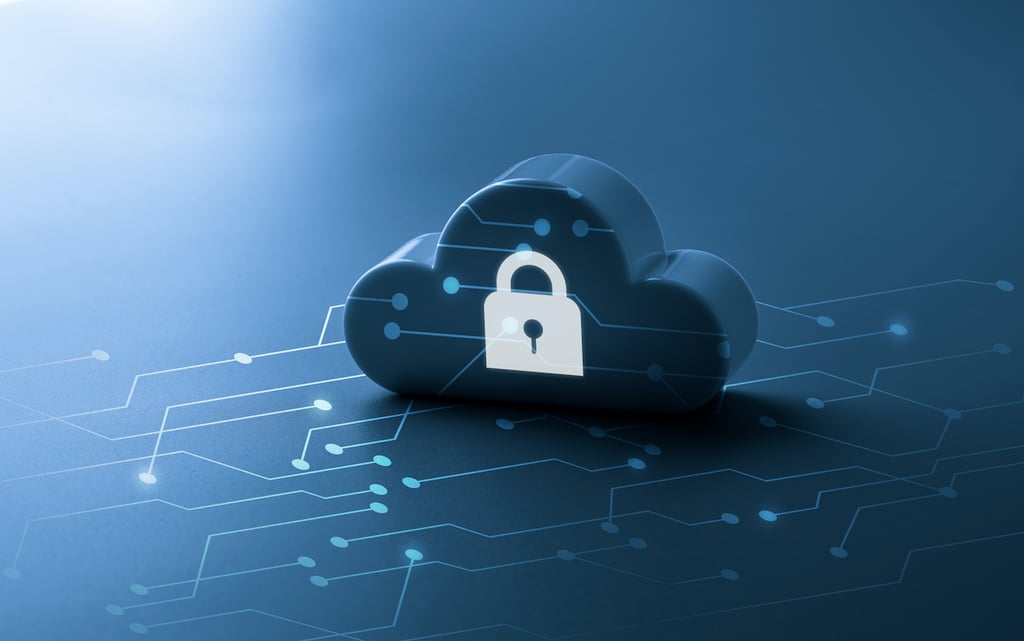When we think about the future or even the present of IT, it’s easy to get caught up in the vendor, analyst and media new-technology buzzword frenzy. Words and phrases such as cloud, IoT (Internet of Things), AI (artificial intelligence), Big Data, bimodal IT, DevOps, wearables and the quantified self, the consumerization of IT, BYOD and personal cloud services, and shadow IT all seem to get the headlines over the operational evolution required for many corporate IT organizations. Plus, many of these technologies/ideas are nothing new. For instance, the consumerization of IT has been around since June 2004 and is thus three years older than the Apple iPhone. Sometimes, it just takes time for new innovations and practices to permeate their way into your average corporate IT organization.
Look at the adoption of cloud, for instance. How long did it take for cloud to finally start its rapid ascent in the enterprise IT space? It can be hard to change the IT status quo, even when the technology itself is changing rapidly around it. And even when the technology does change, there are often people issues (beyond having the right technical skills and knowledge) to address. Again, using cloud as an example, it really is a case of “step away from the technology” for the IT professionals that have previously been more hands-on in the corporate data center. Now the IT professionals responsible for the infrastructure, platform or software delivered by third-party cloud service providers need to be more focused on service quality, costs, contracts and integrations.
In addition to responding to the impact of technology changes, corporate IT organizations and those within them need to better understand what IT really is – that IT is a business capability, not a department. And that the IT itself is not the required “end” – it’s merely the means to an end, with the end being some form of positive business outcome. So, according to Sarah Lahav, CEO of SysAid Technologies, it’s time to think differently about IT and what we ask of IT employees. While there will always be new technologies to watch and then adopt, there will also be fundamental changes required in the way that IT organizations work in partnership with business colleagues. In this slideshow, Lahav has identified five technology and operational trends that will help corporate IT organizations deliver better business outcomes via the optimal use of technology.

Redefining the Future of IT
Click through for five technology and operational trends that will help corporate IT organizations deliver better business outcomes via the optimal use of technology, as identified by Sarah Lahav, CEO of SysAid Technologies.

IT Costs
Trend 1: Greater focus on IT costs
It’s inevitable that a greater focus on IT costs will play a key role in shaping the future of IT. It’s been over 10 years since business colleagues buying consumer products and services first started to question why they receive lower spec IT equipment at a higher cost from the corporate IT department. And now as companies require more and more technology to function, especially those that are transforming to digital enterprises, those IT costs will continue to rise. The increased use of third-party service providers (cloud or IT services) will reduce the burden somewhat but it will not be enough for IT organizations to escape the scrutiny of the CFO and CEO, and the need for greater financial stewardship.

Wearables
Trend 2: Wearables and the quantified worker
The recent launch of the Apple Watch will no doubt contribute to a greater potential business use case focus on wearable computing. While employees might like the idea of a new gadget giving them access to alerts and short messages related to email, social media, schedules, travel plans, or the weather, the ability of wearables to provide location and productivity-related information about the employee might not be so appealing. Lahav believes that we will soon be seeing exciting technology opportunity arise here, but one that will need the corporate IT organization and its business partners to fully understand the human implications of new technology.

BYO_
Trend 3: The BYO_ epiphany
This is where corporate IT organizations finally wake up to see that shadow IT, BYOD, or BYO-anything is not being driven by consumer IT and cloud service providers but by the corporate IT organization’s inability to meet stakeholder and user expectations across usability, cost, service, and agility. The 10 years of consumerization of IT talk, with a focus on consumer gadgets, has thus been a red herring – hiding the true root cause of customer discontent with existing IT supply. Post-epiphany, corporate IT organizations will need to change, and change quickly.

Software-Defined Everything
Trend 4: Software-defined everything will continue its advancement.
You’ve probably already heard the talk of software-defined data centers or software-defined networks, where the control plane is abstracted from the hardware. It seems to be in vogue across all data center domains: Software-defined servers now seem old hat; software-defined networking continues to mature; and software-defined storage is gaining interest. But this is about more than quickly moving from the old to the new state data center, notwithstanding the fact that the legacy data center might not want to change so quickly. It’s about increasing your agility, minimizing vendor lock-in, and improving your ability to serve the customers and consumers of your IT services.

Cloud Adoption
Trend 5: Continued cloud adoption
IT organizations will continue to move IT services (whether buying SaaS, IaaS, or PaaS) to third-party cloud service providers. Security will continue to be a cause for concern, especially as the media’s breach article frenzy continues. However, the ability to integrate with existing on-premise and newer cloud services and have always-up service availability will rise to be two very practical concerns for enterprise cloud adoption. From an IT management point of view, organizations will need to continue to seek out people with the ability to manage suppliers and service delivery. Nonetheless, IT will continue to head to the cloud in the future.














